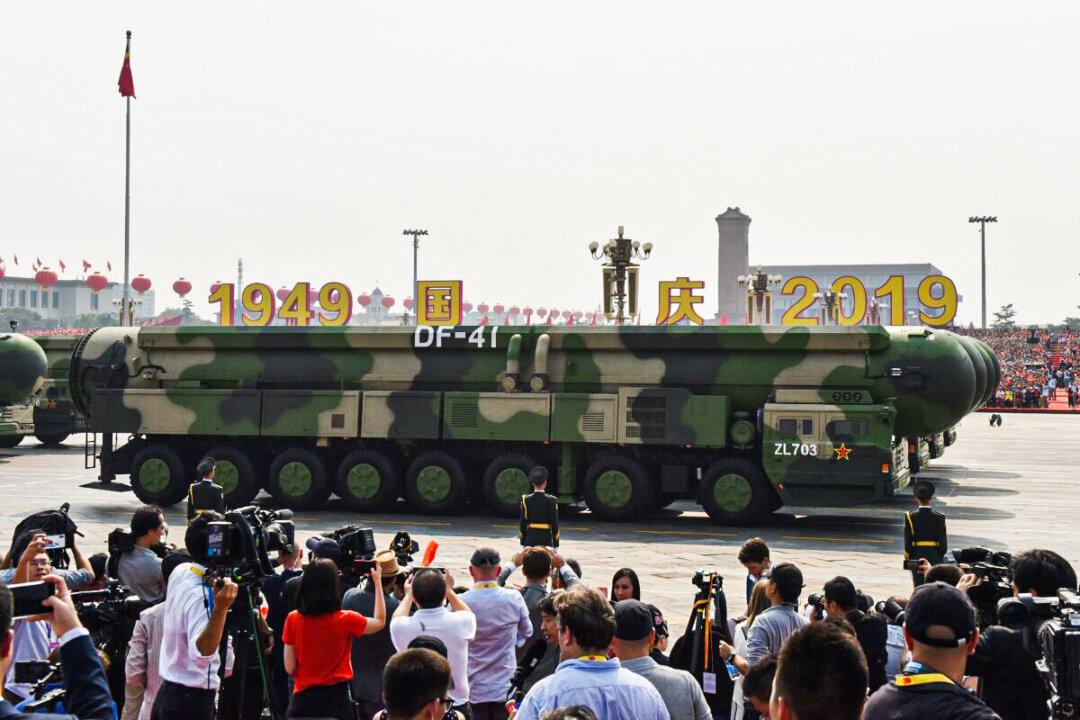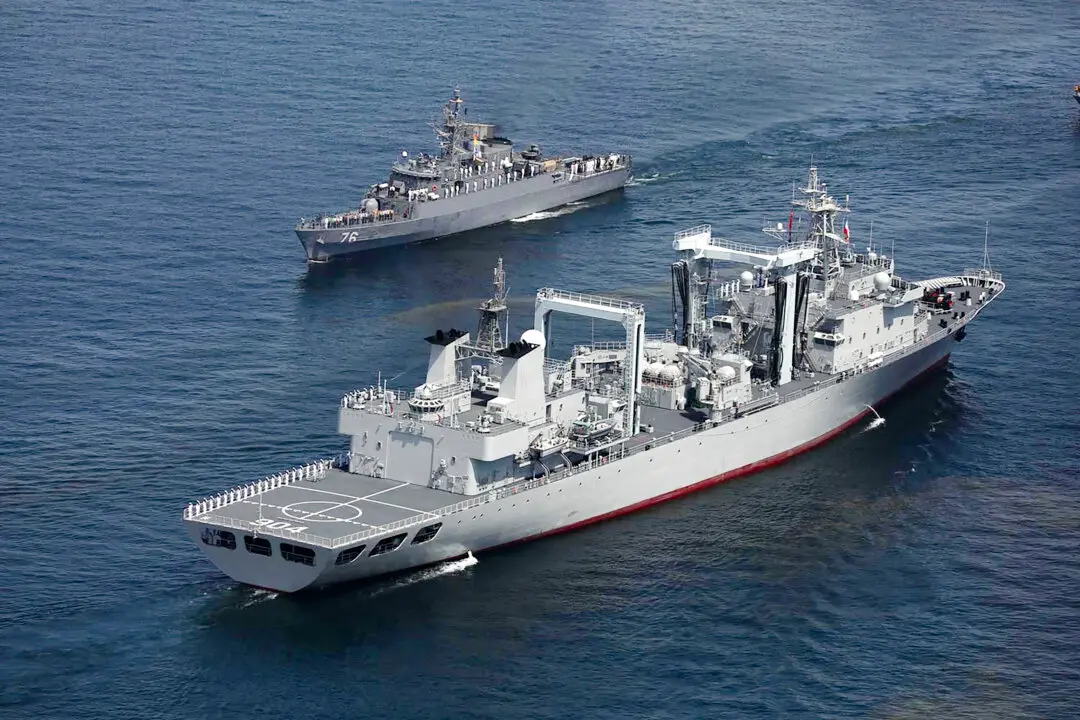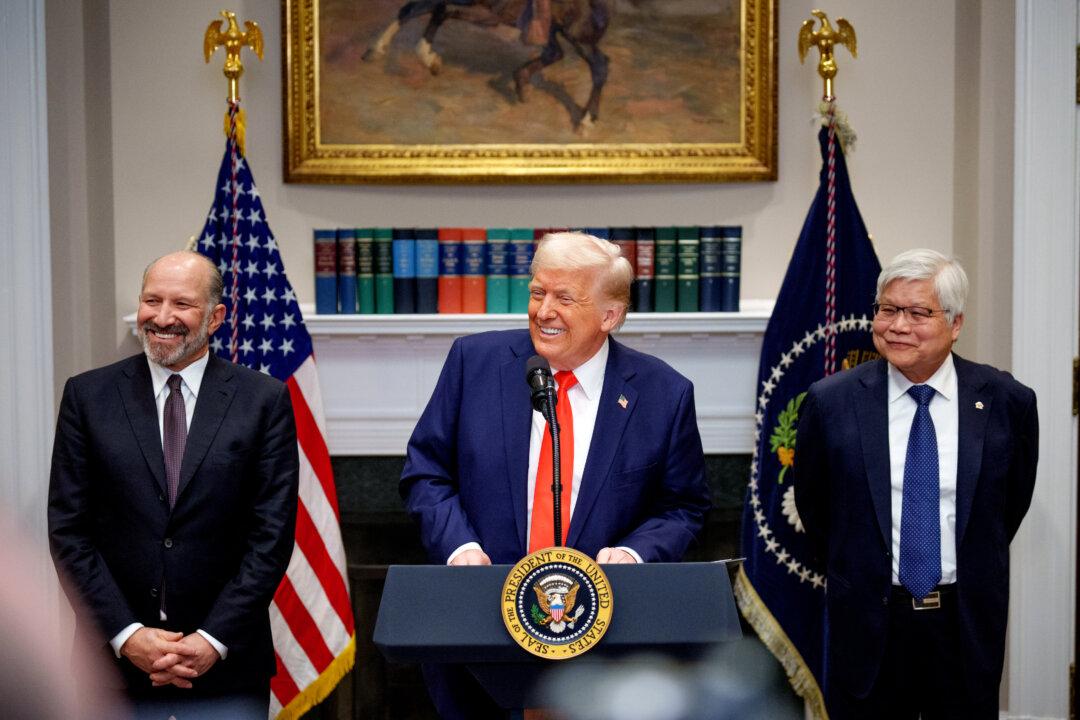Commentary
The Chinese Communist Party (CCP) has called for the United States to adopt a no-first-use nuclear policy and abandon its “nuclear umbrella” for allies in Europe and Asia, following Beijing’s suspension of arms control talks with Washington over Taiwan tensions.





